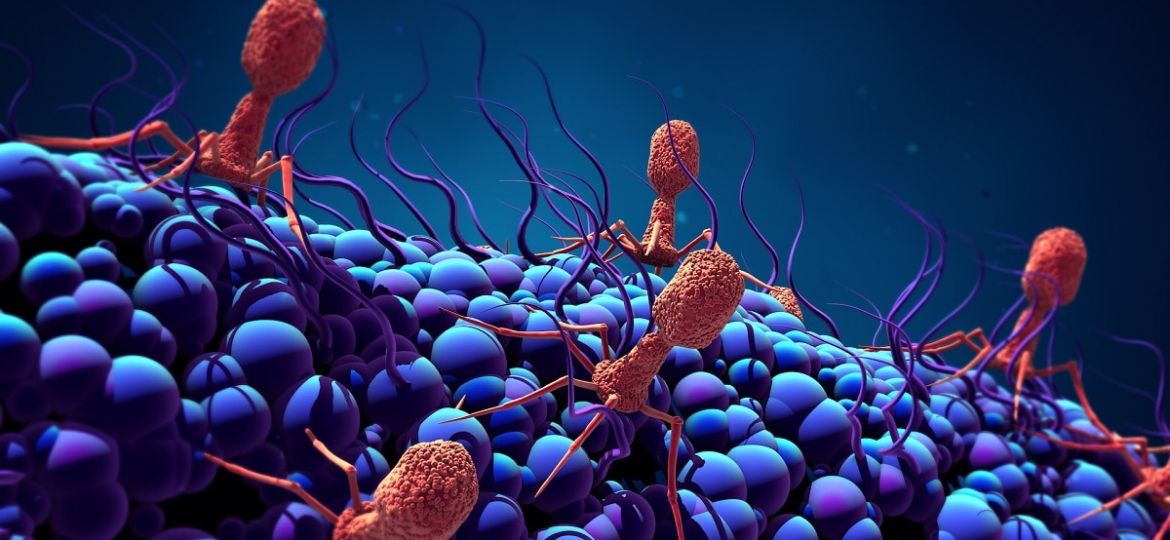
CASE II (DEVELOPMENT OF A FERMENTATION PROCESS IN LAB)
A company has isolated a new bacteria strain which can produce a novel antibiotic. The company asked your help to develop a fermentation process for the bacteria in shaking flasks. You need:
- Find the starting medium recipe for better optimization.
- List the factors requiring optimizations, and explain why the factors have impact on fermentation?
- Design experiment to optimize the fermentation factors.
Solution:
Certain microorganisms are capable of producing some organic compounds. . .















